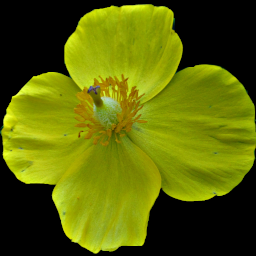
It’s so common that we hardly see it, but Canada Goldenod is a breathtakingly spectacular flower, much appreciated in European gardens. Americans often unjustly blame it for hay fever, when in fact it is the nearly invisible ragweeds, with their unremarkable green flowers that bloom alongside the goldenrods, that are the culprits. Here a Canada Goldenrod grows from a crack in the pavement beside a vacant building in Oakmont, where goldenrods, asters, thoroughworts, and evening primroses have formed a more artistic border than any human gardener could have conceived.
Goldenrods are notoriously difficult to sort out, with dozens of species fading into one another. Our identification is probable but not certain.
From Gray’s Manual of Botany: S. canadensis L. Stem rather slender, 0.3-1.5 m. high, glabrous at least below, often minutely pubescent above; leaves narrowly lanceolate, thin, glabrous above, minutely pubescent on the nerves beneath, mostly sharp-serrate, the middle ones 6-13 cm. long, 5-18 mm. wide; heads tiny, crowded in recurved racemes and forming dense broadly pyramidal panicles; pedicels strongly pilose; involucral bracts linear, mostly attenuate, greenish-straw-color. (Var. glabrata Porter.) Thickets and rich open soil, Nfd. to N. Dak., s. to W. Va. and Ky. July-Sept.




